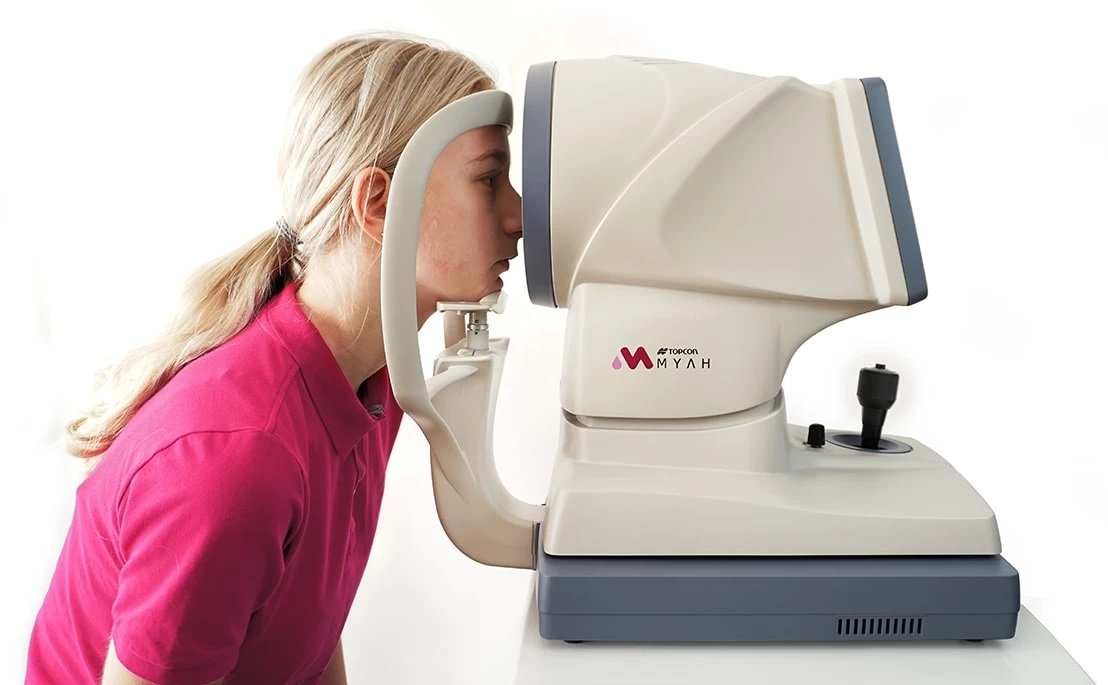How to prevent your child from becoming highly nearsighted (or myopic)?
With so much screen time and indoor activities these days it’s no wonder that kids are becoming more myopic (or nearsighted) than the previous generation. There are lots of factors that go into preventing high myopia and as parents it’s critical to be proactive by safeguarding our children from having very high non-functional prescriptions. It is predicted that 50% of the population will be myopic by 2050. This is worrying because people with myopia have a higher risk of sight threatening conditions such as glaucoma, macular degeneration, and retinal detachment.
Practical tips to prevent high myopia:
Eye exams once per year
Routine exams are essential for early detection of vision problems. It still amazes me how many times a visual concern is detected during a routine exam and the parents had no idea. They always feel extremally bad for not bringing in their kids earlier.
Axial length measurements
This new technology gives us a way to predict and manage myopia much more effectively than before. We include this service in all our kids exams. See our myopia management page for more information about why it’s important. Myopia management can help reduce the progression of myopia by up to 78%.
Increase outdoor activity
Studies have shown that kids who spend more time outside tend to have less myopia
Foster healthy study habits
Good lighting and studying in an open environment (i.e. peripheral vision looking at a distance) will help your child with visual comfort. Studies show that the peripheral vision is what drives the eye to grow longer which in turn makes the child more myopic.
20/20 rule
For every 20 minutes of looking at something up close, look 20 feet away for 20 seconds. This will help the eyes not adapt to the close distance, therefore making the distance vision blurry.
Limit screen time
We all know that technology is here to stay but as much as possible limit your child’s time in front of a screen, especially before bed. Blue light emitted from screens can interrupt sleep cycles and make it difficult to fall asleep. Think about using an app to set screen time limits. Try to be a role model yourself by coming up with family fun activities for everyone to do that don’t involve screens.
Preventing and slowing down childhood myopia requires some lifestyle changes as well as seeing an optometrist who is trained in myopia management with the proper equipment used during the exam. The only way to ensure if any management is truly working is to measure the effectiveness of the treatment. We can do this at View Optometry. Call us or book online today!
